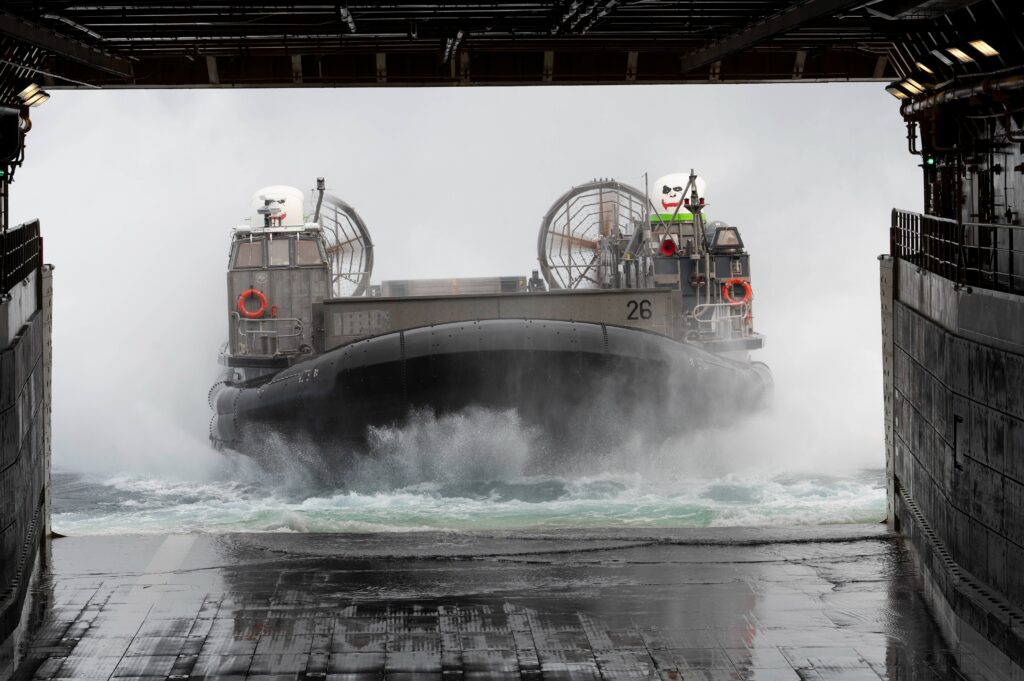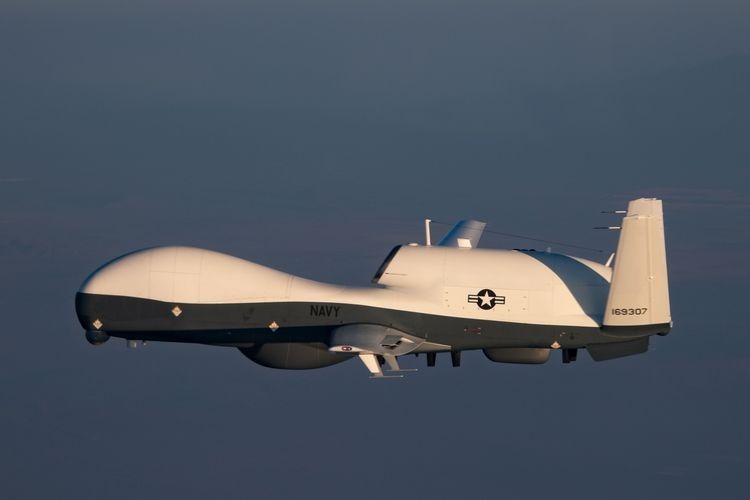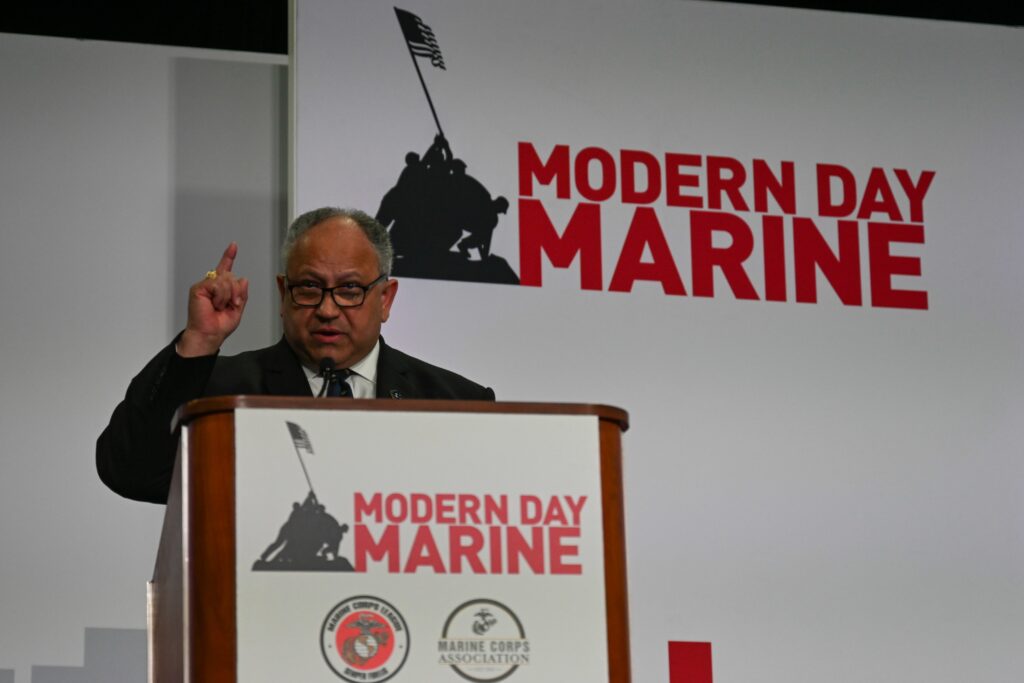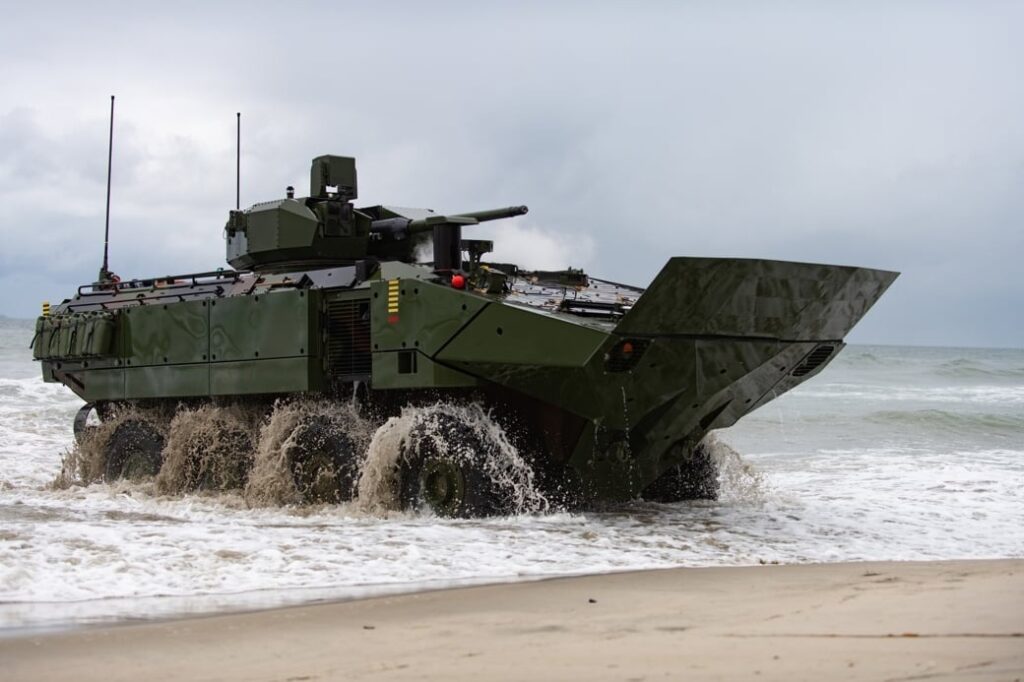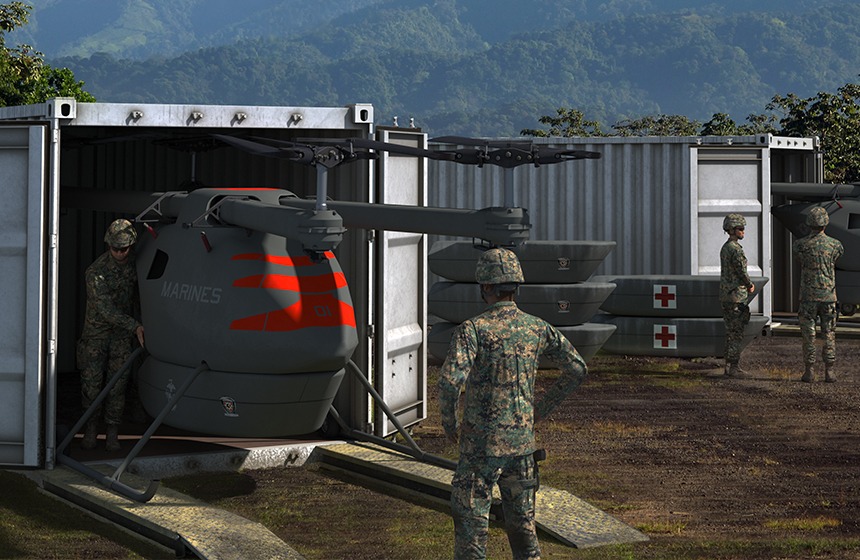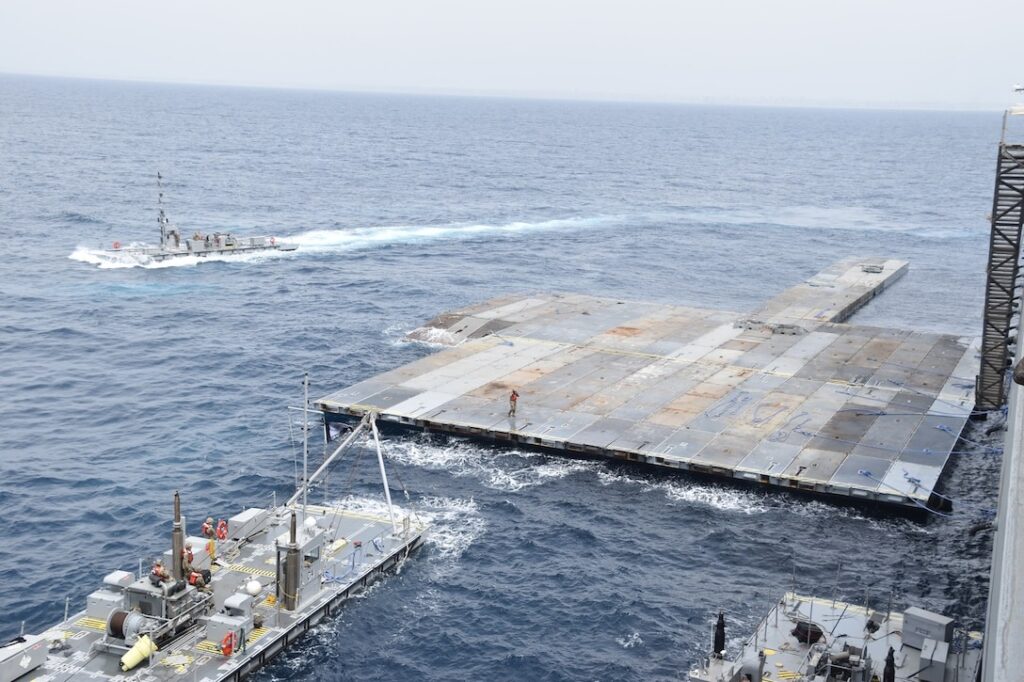Navy to Christen Future Expeditionary Sea Base USS Robert E. Simanek
From the Chief of Information, 3 May 2024
The Navy will christen the future USS Robert E. Simanek (ESB 7) as the newest Expeditionary Sea Base ship (ESB) during a 9:00 a.m. PST ceremony on Saturday, May 4, in San Diego, California.
The christening ceremony’s principal address will be delivered by the Honorable Sean Coffey, General Counsel of the Navy. Remarks will also be provided by the Honorable Scott Peters, U.S. Representative, California’s 50th District; Master Chief Britt Slabinski, President of the Congressional Medal of Honor Society and Medal of Honor Recipient; Vice Admiral Yvette Davids, Superintendent of the U.S. Naval Academy; Brigadier General Robert Weiler, Assistant Division Commander, First Marine Division; and Mr. David Carver, President of General Dynamics NASSCO. The ship’s sponsor is Ann Simanek Clark, Private first class Simanek’s daughter.
The first of its name, the ship honors United States Marine Corps Private First Class Robert E. Simanek, Ret., who was awarded the Medal of Honor for his actions during the Korean War at Outpost Irene, Korea. Pfc. Simanek was presented the Medal of Honor by President Eisenhower on October 27, 1953.
The future USS Robert E. Simanek (ESB 7) is a highly flexible platform used across various military operations. When commissioned, the ship will be employed as a mobile sea-based asset. It will be a part of the critical access infrastructure supporting the deployment of forces, equipment, supplies, and warfighting capability. Specifically, ESB 7 will support missions such as Mine Countermeasures, Special Operations, Unmanned Aircraft Surveillance and Reconnaissance, Counter-Piracy, Humanitarian Aid, and Crisis Response.
General Dynamics NASSCO built and delivered the following ships to the fleet: USNS Montford Point (T-ESD 1), USNS John Glenn (T-ESD 2), USS Lewis B. Puller (ESB 3), USS Hershel “Woody” Williams (ESB 4), USS Miguel Keith (ESB 5), and USS John L. Canley (ESB 6). Follow-on ship Hector A. Cafferata Jr. (ESB 8) is under construction.
